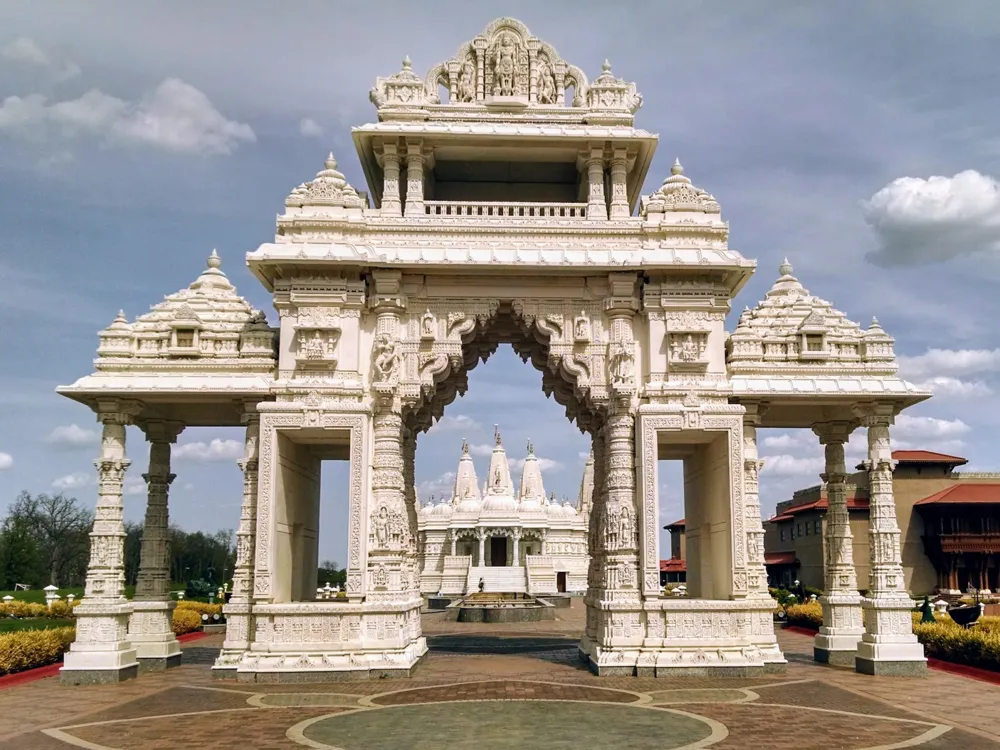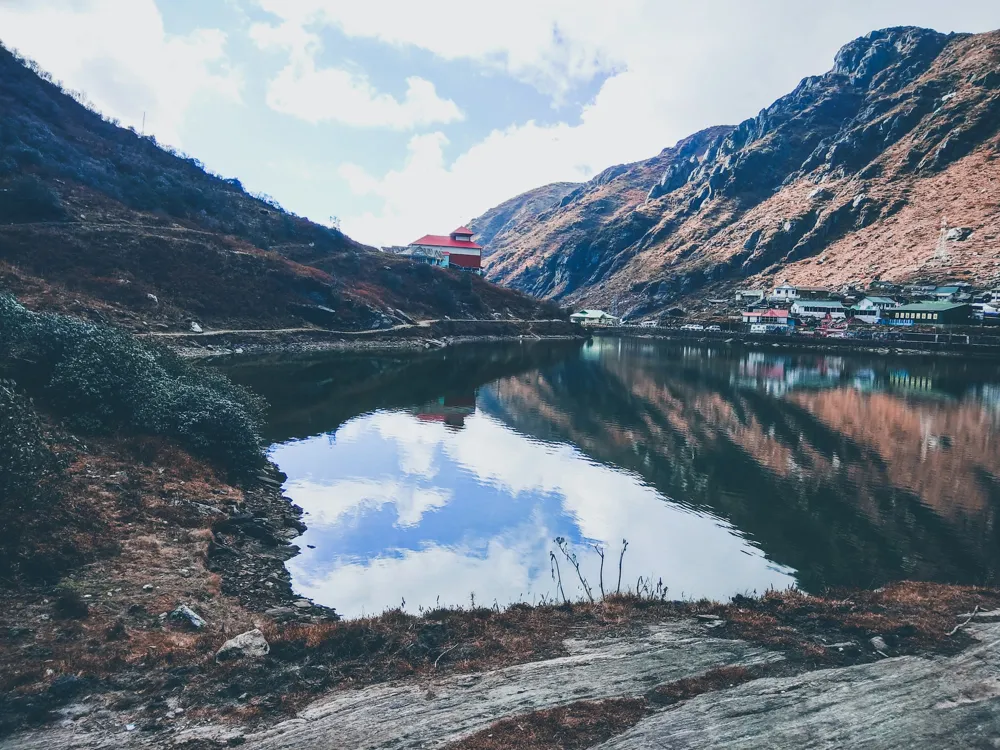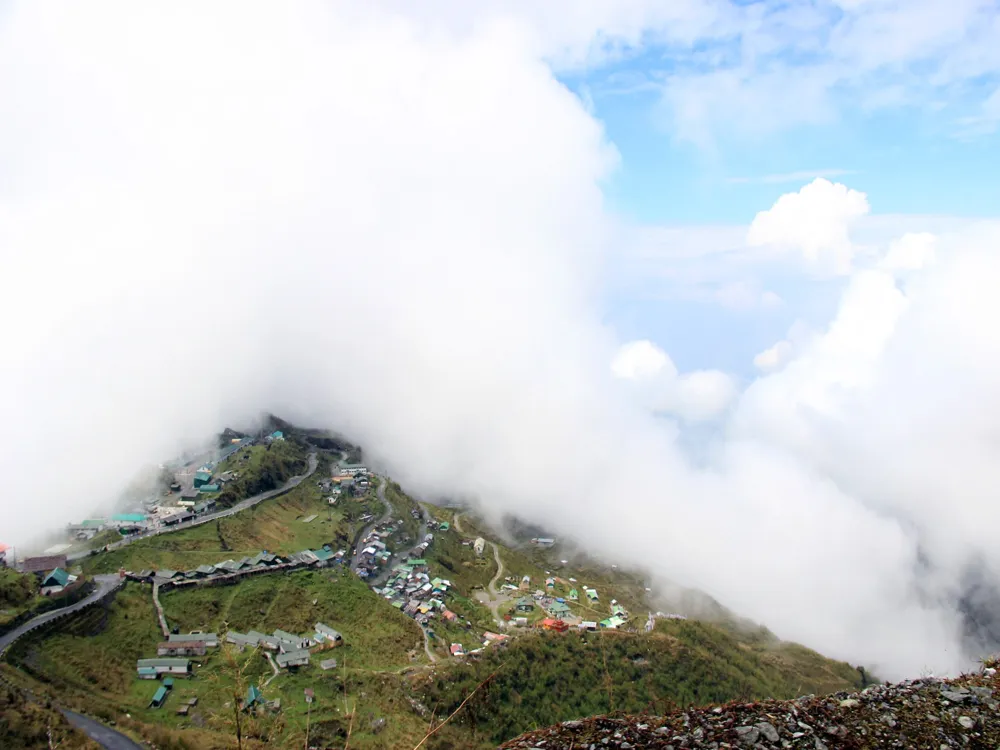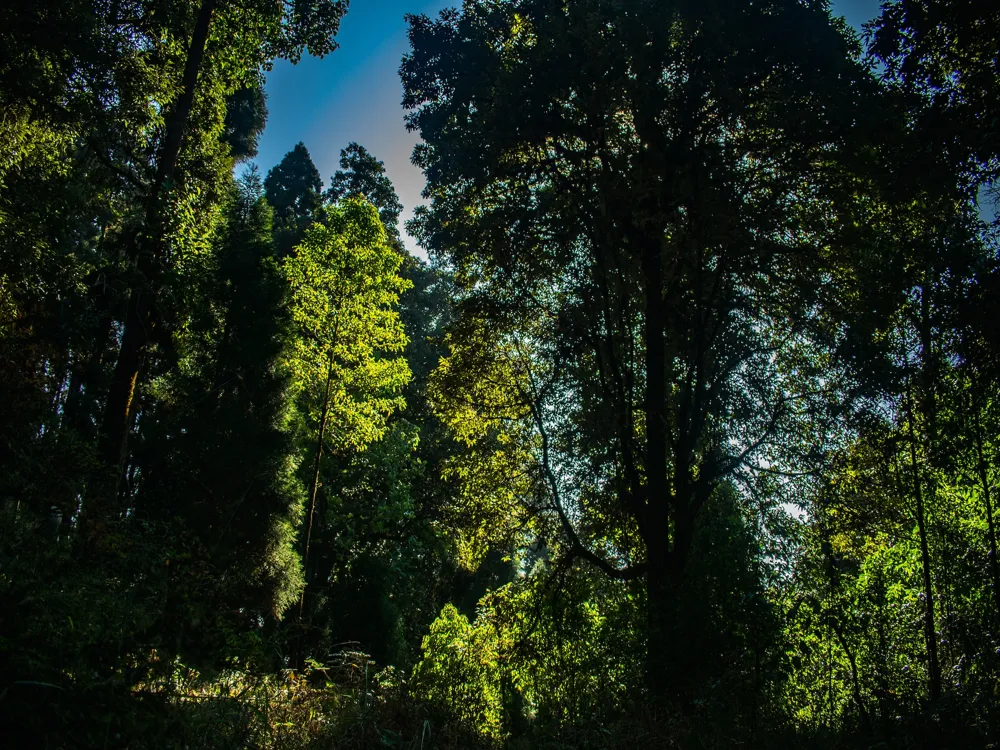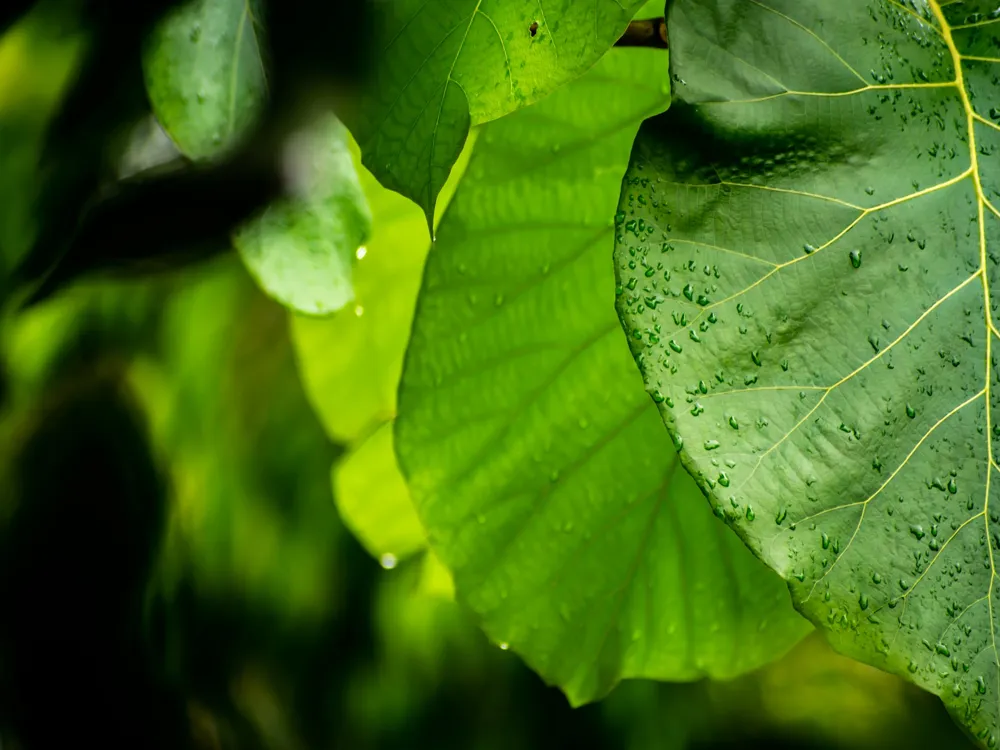Nestled in the serene landscapes of Sikkim, the Dak Bungalow in Aritar stands as a testament to the region's rich history and cultural heritage. Aritar, located in the eastern part of Sikkim, is known for its lush greenery, tranquil lakes, and vibrant local culture. The Dak Bungalow, often referred to as the 'Rest House', is a significant landmark that encapsulates the essence of Sikkimese architecture and history. This historical structure is not just a building but a gateway to the past, offering a unique glimpse into the lifestyle of the era gone by. The Dak Bungalow's history dates back to the British colonial era, serving as a resting place for British officers and dignitaries traveling through the region. Its architecture and design reflect the colonial influence melded with traditional Sikkimese styles. This fusion creates a distinct aesthetic that captivates visitors. The Bungalow has been meticulously preserved, allowing visitors to step back in time and experience the historical ambiance that the building exudes. The surrounding area of Aritar is equally enchanting, with its picturesque landscapes, including the famous Aritar Lake, which is a short distance from the Bungalow. The region's natural beauty complements the historical significance of the Dak Bungalow, making it a must-visit destination for travelers seeking both natural and cultural experiences. The architecture of the Dak Bungalow in Aritar is a remarkable blend of British colonial and traditional Sikkimese designs. The building's structure is predominantly colonial in style, with features typical of the era's architecture. The use of local materials and construction techniques, however, adds a unique Sikkimese touch to the design, creating a harmonious blend that reflects the cultural fusion of the period. The Bungalow's layout includes spacious verandas, high ceilings, and large windows, characteristic of colonial architecture, designed to provide comfort in the hilly climate. The interiors are adorned with wooden paneling and flooring, adding warmth and elegance to the space. The use of locally sourced wood and stone in the construction not only makes the building aesthetically pleasing but also environmentally sustainable. One of the most striking features of the Dak Bungalow is its attention to detail. The intricately carved wooden beams, the ornamental motifs on the walls, and the traditional Thangka paintings that adorn the interiors are all reflective of the rich artistic heritage of Sikkim. These elements not only add to the beauty of the Bungalow but also serve as a reminder of the skilled craftsmanship and artistic prowess of the local artisans. The ideal time to visit the Dak Bungalow is between March and May or from September to November. During these months, the weather in Aritar is pleasant, with clear skies and moderate temperatures, perfect for exploring the Bungalow and its surroundings. Visitors are advised to dress modestly and be respectful of local customs and traditions. Engaging with the local community and learning about their way of life can enrich your experience. Opting for a guided tour of the Dak Bungalow can provide deeper insights into its history and architecture. Local guides are often well-versed in the stories and legends associated with the Bungalow. The Dak Bungalow in Aritar is accessible by road. The nearest airport is Bagdogra Airport, approximately 4 hours away. From the airport, visitors can hire taxis or use public transportation to reach Aritar. The nearest railway station is New Jalpaiguri, which is well-connected to major cities in India. From the railway station, Aritar is a scenic drive away, offering stunning views of the Himalayan range. Read More:Overview of Dak Bungalow in Aritar, Sikkim
Architecture of Dak Bungalow
Tips When Visiting Dak Bungalow
Best Time to Visit
Respecting Local Culture
Guided Tours
How To Reach Dak Bungalow
Dak Bunglow
Aritar
Sikkim
₹ 17,950 onwards
View aritar Packages
Aritar Travel Packages
View All Packages For Aritar
Top Hotel Collections for Aritar

Private Pool

Luxury Hotels

5-Star Hotels

Pet Friendly
Top Hotels Near Aritar
Other Top Ranking Places In Aritar
View All Places To Visit In aritar
Faq on Aritar
What is Dak Bunglow Aritar?
Dak Bunglow Aritar is a historic building located in Aritar, a picturesque town in East Sikkim, India. It served as a rest house for travelers during the British colonial era and is now a heritage property.
What is the significance of Dak Bunglow Aritar?
Dak Bunglow Aritar holds historical importance as it was used as a resting place for travelers and postal officials during the colonial period. It also reflects the architectural style of that time and adds to the cultural heritage of the region.
Can visitors stay at Dak Bunglow Aritar?
Yes, Dak Bunglow Aritar has been converted into a heritage guest house, offering accommodation to visitors. It provides a unique opportunity to experience the ambiance of the colonial era while exploring the beautiful surroundings of Aritar.
What are the amenities available at Dak Bunglow Aritar?
The guest house at Dak Bunglow Aritar offers comfortable rooms with basic amenities such as bedding, attached bathrooms, and hot water facilities. Additionally, guests can enjoy the serene ambiance and explore nearby attractions.
How can one book a stay at Dak Bunglow Aritar?
Booking a stay at Dak Bunglow Aritar can be done through various online travel platforms or by contacting the local authorities responsible for managing the guest house. It's advisable to make reservations in advance, especially during peak tourist seasons.
View aritar Packages
Aritar Travel Packages
View All Packages For Aritar
Top Hotel Collections for Aritar

Private Pool

Luxury Hotels

5-Star Hotels

Pet Friendly
Top Hotels Near Aritar
Other Top Ranking Places In Aritar
View All Places To Visit In aritarFaq on Aritar
What is Dak Bunglow Aritar?
Dak Bunglow Aritar is a historic building located in Aritar, a picturesque town in East Sikkim, India. It served as a rest house for travelers during the British colonial era and is now a heritage property.
What is the significance of Dak Bunglow Aritar?
Dak Bunglow Aritar holds historical importance as it was used as a resting place for travelers and postal officials during the colonial period. It also reflects the architectural style of that time and adds to the cultural heritage of the region.
Can visitors stay at Dak Bunglow Aritar?
Yes, Dak Bunglow Aritar has been converted into a heritage guest house, offering accommodation to visitors. It provides a unique opportunity to experience the ambiance of the colonial era while exploring the beautiful surroundings of Aritar.
What are the amenities available at Dak Bunglow Aritar?
The guest house at Dak Bunglow Aritar offers comfortable rooms with basic amenities such as bedding, attached bathrooms, and hot water facilities. Additionally, guests can enjoy the serene ambiance and explore nearby attractions.
How can one book a stay at Dak Bunglow Aritar?
Booking a stay at Dak Bunglow Aritar can be done through various online travel platforms or by contacting the local authorities responsible for managing the guest house. It's advisable to make reservations in advance, especially during peak tourist seasons.












